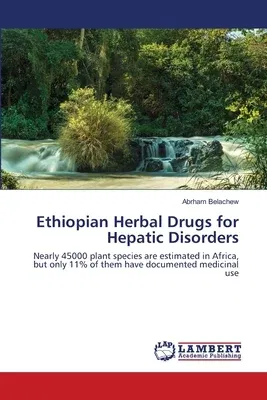Abrham Belachew
(Author)Ethiopian Herbal Drugs for Hepatic DisordersPaperback, 9 June 2020

Qty
1
Turbo
Ships in 2 - 3 days
In Stock
Free Delivery
Cash on Delivery
15 Days
Free Returns
Secure Checkout
Print Length
112 pages
Language
English
Publisher
LAP Lambert Academic Publishing
Date Published
9 Jun 2020
ISBN-10
6202668423
ISBN-13
9786202668422
Description
Product Details
Author:
Book Format:
Paperback
Country of Origin:
US
Date Published:
9 June 2020
Dimensions:
22.86 x
15.24 x
0.69 cm
ISBN-10:
6202668423
ISBN-13:
9786202668422
Language:
English
Pages:
112
Publisher:
Weight:
176.9 gm

